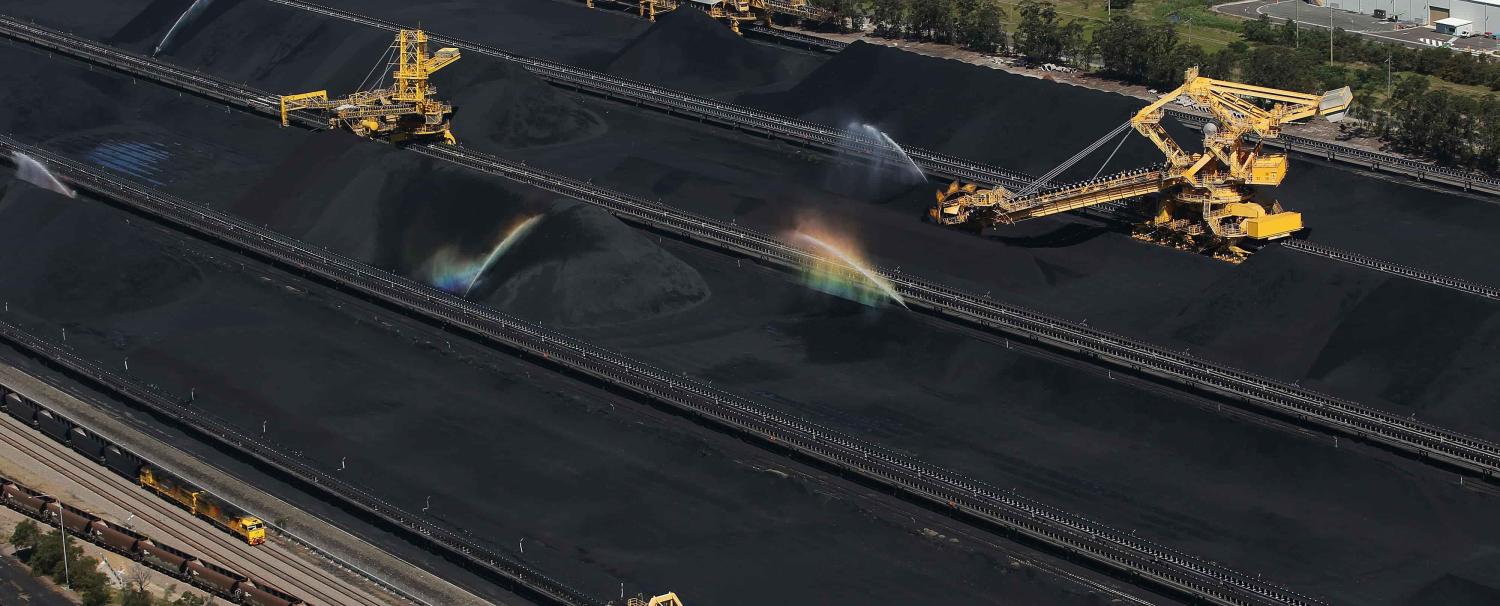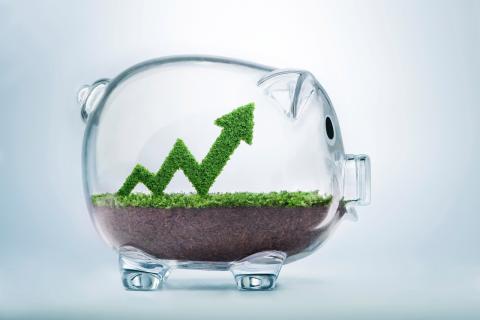The Australian has run a story, 'Power row engulfs Asian Infrastructure Investment Bank', about tensions between the Australian government and the Asian Infrastructure Investment Bank (AIIB) over the focus on renewable energy in the latter's proposed energy strategy. Most of the article focuses on a submission by the Minerals Council of Australia, presumably made in response to an issues paper released by the AIIB to kick off discussion on the strategy.
The AIIB has indicated there will be two rounds of public consultation on the strategy that will focus on 'contributing to sustainable energy for Asia'. The process will see the bank release a summary of these consultations (a demonstration of transparency that contrasts with fears that the new bank would be poorly governed and would run rampant over environmental standards).
If the Turnbull government really is 'fighting' the AIIB over renewable energy (as alleged in The Australian's report), this would be at odds with prior efforts to establish good relations with the bank; it's in Australia’s interests for China’s experiment with multilateral governance and regional development to succeed.
It should come as no surprise that the AIIB is considering prioritising renewable energy. From its inception, the bank has promised to be 'lean, clean and green' with 'green' defined as being an institution built on respect for the environment. The AIIB repeats that it is a 'green bank' in the issues note.
The World Bank has long been embroiled in debates about investing in fossil fuels to provide energy for the world’s poor. But the AIIB is not pursuing a blanket ban on fossil fuels; even The Australian notes the AIIB is only proposing 'virtually banning coal and oil-fired electricity generation'. The issue note in fact suggests fossil fuel investments would be considered 'if cleaner technologies are not available for well-founded energy security or affordability reasons'.
The AIIB and the BRICS New Development Bank attracted a lot of attention when they were created because they are led predominantly by non-Western donors. There were concerns they would be rivals to the established multilateral development banks and start a race to the bottom over project standards.
Both new banks are aware of the demand for energy in many developing countries, but also of the changing reality of global energy markets. Sam Geall wrote in The Interpreter earlier this week about the IEA accounting for the falling global demand for coal.
China is fully aware of the environmental consequences of disastrous energy policies and, as a supporter of both banks, is also aware over-investment in old-fashioned coal projects would do reputational harm to institutions that want to be regarded as responsible global actors.
Even the New Development Bank, which was predicted to have even worse environmental standards than the AIIB, has chosen to focus on sustainable development and has issued green bonds.
As quoted in The Australian, the Minerals Council of Australia rehashes the old dichotomy that 'renewable energy projects contradict the overriding interest of providing low-cost, secure energy to two billion people'. What if we could provide sustainable energy for those people and adhere to the CO2 emissions reductions agreed to as part of the Paris agreement? This is clearly an ambition of the AIIB.
The Australian government has rightly recognised the AIIB's potential to address infrastructure needs and boost economic growth. We also have a responsiblity to promote sustainable development in our region.
Photo: Getty Images/Bloomberg

